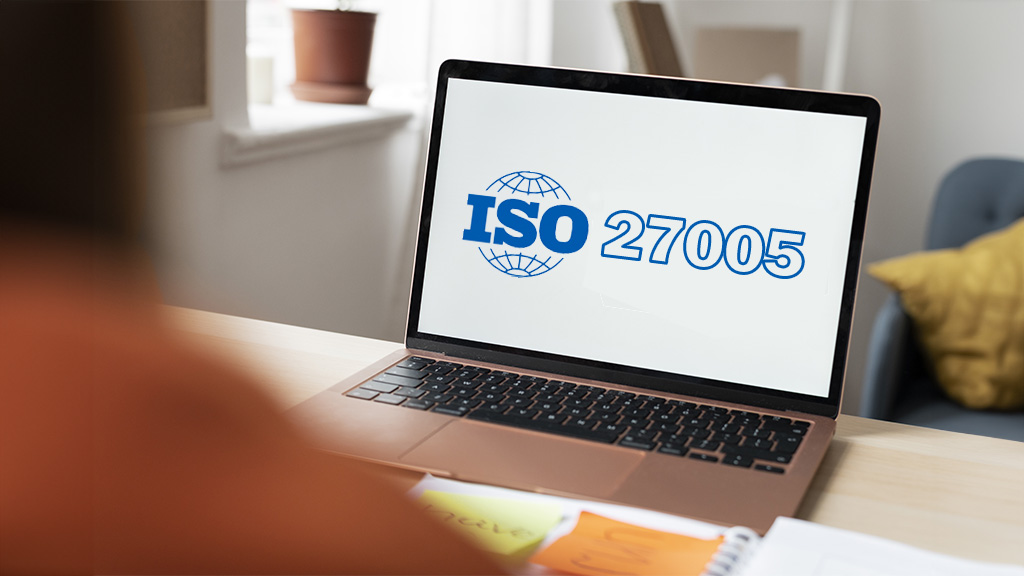Palo Alto Training – Learn Palo Alto Firewalls in 2025

Introduction :In an era where information is a valuable asset, ensuring its protection has become a critical concern for organizations. ISO 27005, a standard within the ISO 27000 family, provides guidelines for managing information security risks. Implementing ISO 27005 risk management helps organizations systematically identify, assess, and mitigate potential risks to their information assets. […]

Introduction :
In an era where information is a valuable asset, ensuring its protection has become a critical concern for organizations. ISO 27005, a standard within the ISO 27000 family, provides guidelines for managing information security risks. Implementing ISO 27005 risk management helps organizations systematically identify, assess, and mitigate potential risks to their information assets.
This article will explain the importance of ISO 27005 in risk management, its key components, and how organizations can leverage it to improve their information security strategies.
What is ISO 27005 Risk Management?
ISO 27005 is part of the ISO 27000 series, specifically designed to address the management of information security risks. It provides a structured approach to identifying, assessing, evaluating, and treating risks that could affect an organization’s information security.
The primary objective of ISO 27005 is to assist organizations in maintaining the confidentiality, integrity, and availability of their information assets by reducing the risks associated with them.
Key Components of ISO 27005 Risk Management
ISO 27005 outlines a comprehensive process for managing risks in information security. The key components of this standard include:
Cyberattacks (e.g., phishing, ransomware)
Data breaches
Human error
Natural disasters
Impact assessment: Determining the severity of the risk if it occurs.
Likelihood assessment: Estimating the probability of the risk occurring.
Avoidance: Changing plans or processes to avoid the risk entirely.
Mitigation: Reducing the likelihood or impact of the risk through controls and preventive measures.
Transfer: Shifting the risk to a third party, such as through insurance or outsourcing.
Acceptance: Acknowledging the risk and deciding to live with it, typically when the cost of mitigation is higher than the risk itself.
Benefits of ISO 27005 Risk Management
Implementing ISO 27005 risk management provides several advantages for organizations, including:
How to Implement ISO 27005 Risk Management
To successfully implement ISO 27005, organizations should follow these steps:
Challenges in Implementing ISO 27005 Risk Management
While ISO 27005 provides an excellent framework for managing information security risks, organizations may face challenges during implementation:
Complexity of Risk Identification: Identifying all potential risks, especially those related to emerging technologies, can be challenging.
Resource Allocation: Risk treatment strategies often require significant investments in technology, personnel, and training.
Maintaining Continuity: Risk management is a dynamic process that requires constant monitoring and updating to keep pace with evolving threats.
Conclusion
ISO 27005 risk management is a vital component of an organization’s information security strategy. By systematically identifying, assessing, and treating risks, organizations can protect their valuable information assets from potential threats and minimize the impact of security breaches.
The adoption of ISO 27005 not only helps organizations enhance their cybersecurity posture but also ensures compliance with global standards, improves decision-making, and reduces the likelihood of costly incidents.
By implementing a robust risk management process, organizations can create a more secure environment, safeguard their data, and confidently navigate the challenges of the modern digital landscape.
Get certified with industry-leading cybersecurity certifications from EC-Council, PECB, Palo Alto Networks, and more.

Learn from world-class instructors Collaborate with top professionals Advanced training...

The CEH is the world's leading cybersecurity certification, recognized by...

Onsite training course Led by an instructor Interactive sessions

Asynchronous, self-study environment Video-streaming format Flexible learning schedule
Adding {{itemName}} to cart
Added {{itemName}} to cart

